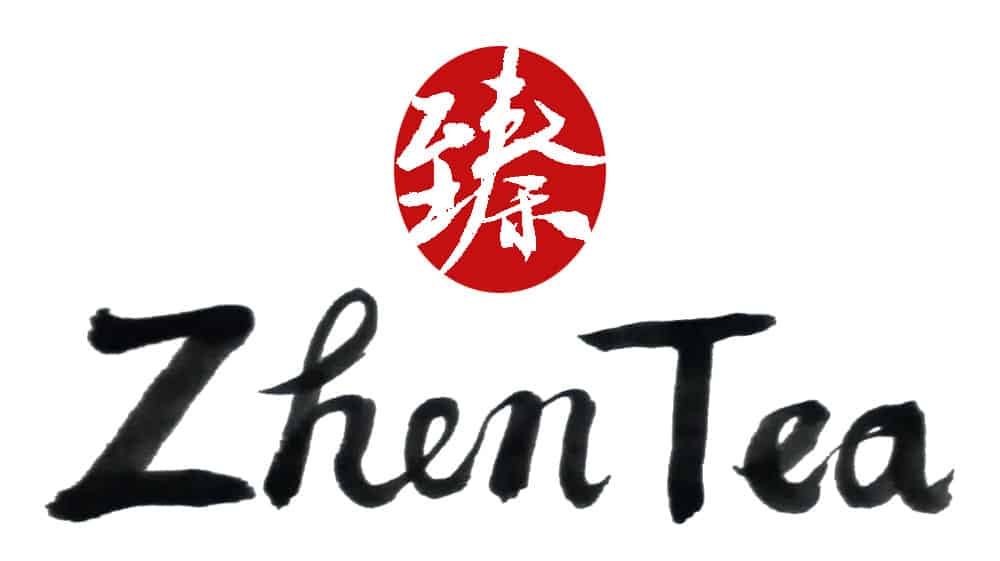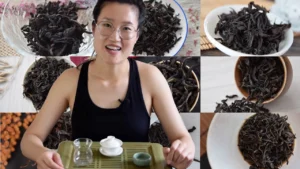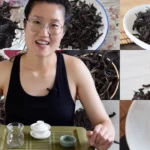Tea tastings, tasting notes, tea flavor wheels… as a tea drinker who has been indulging in the world of tea, you are probably very familiar with all of these. But if you want to take your tasting skills to the next level and learn how to taste tea to discern its quality, this post is for you!
You might have heard about legendary Chinese tea farmers or producers that can sip a tea and tell the weather on the day the tea was processed from just one sip. It’s not magical and it’s no exaggeration. It’s just his extensive knowledge and experience with tea. It’s a wicked skill and you can master it too! Keep reading this tea tasting guide and we’ll get you started!
Here is How to Sip Tea Like a Pro
It may seem strange to review how to sip tea, but it is fundamental, and surprisingly, it’s an often overlooked step in learning how to taste tea, so check out these tea tasting tips and see if there is anything you can do to improve your sip.
1. Pick up and Observe
Pick up the cup by the brim. This will prevent your fingers from getting burned and make it easy to keep your hand out of the way while you observe the tea. Take a close look at the liquor. What’s color is it? How’s the tone? Is it bright or dull? Is it full of tea fuzz?
2. Smell the Liquor Aroma
Before we sip the tea, have a smell of the liquor aroma, breath out to the side so that we won’t blow the aroma away. Again, have a smell and breathe out, giving yourself a second chance to enjoy and think about what you just smelled.
3. Sip the Tea
Take a small sip. Slurp, if you can. This not only helps to cool down the liquor, but it also aerates the tea in the mouth, encouraging different layers of aromas and flavors.
4. Breathe over the Tea
Don’t rush to swallow the tea. Let the liquor sit in your mouth for a few breaths. Inhale and exhale through your nose while the aroma spreads in your mouth, nose, and even fills up your head. Again, deeply and slowly inhale and exhale through your nose, feeling the liquor texture in your mouth, on your tongue. Is it rich, thick, brothy and soupy? Or is it thin, like tea-flavored water?
5. Slowly Swallow
Now we are going to slowly swallow the liquor. While the tea gradually slides down, how does your throat feel? Is it silky smooth or does it feel dry?
6. Allow Time Between Sips
Let’s wait a moment before taking another sip. Keep the mouth closed and continue to take slow deep breaths through your nose. Is the aroma still there? Is it changing? Take a few more breaths to observe the lingering power of the tea.
7. Sip and Repeat
Now we are ready for another sip. The liquor has cooled a bit. Repeat the steps above and observe how the tea performs at mid-temperature. Are more interesting notes coming out? Is the profile consistent? Has the liquor texture changed?
Practicing sipping using the steps above and over time it will become second nature. You will find that it’s easy to notice the flavors, aromas, and nuances in tea. There are also a wide variety of tea flavor wheels out there that can help you find the word for that flavor you’ve tasted in the tea. But don’t forget, if you’ve never smelled a pine tree before, having the word piney on a flavor wheel will be no help at all. So be sure to get out there and try different foods, smell different aromas and go to different places to expand your own “tasting vocabulary” so that you will be able to describe the flavor notes of the tea.
However, there’s no need to be obsessed about coming up with fancy tea tasting notes. There is no ‘authentic tasting note’ that can make any other version wrong. Well, except maybe “this Long Jing has a Long Jing flavor”. Flavor notes are just a way of using what we are familiar with to describe what we are not familiar with. Some people use flowers or nuts to describe a tea, others might use teas to describe flowers or nuts. It’s all about familiarity and interpretation. Different people have different cultural backgrounds, life experiences, and perspectives. Tasting notes are a collective effort to get closer to describing the actual taste of a tea to someone who hasn’t tasted it yet. It’s not about right or wrong, or whose is fancier.
Go beyong flavors
But the steps are just telling us how to sip tea. There’s a big difference between sipping tea and tasting tea when it comes to fine Chinese tea tasting. To truly understand how to taste tea, we must go beyond flavor. Because when it comes to fine tea tastings, we are not comparing green tea with black tea, or Indian tea with Chinese tea. We are determining if this Bai Hao Yin Zhen is good, or great. We are confirming that this Lao Cong Shui Xian really comes from old bushes. We are identifying real aged Pu’er tea and are able to detect counterfeits. All the information about the tea lies within the tea, and to access the information, we have to go beyond flavors.
Observe
Observe the leaf of the tea: the dry leaves, the brewed leaves, how they open up during the brewing. Notice the liquor color and its nuances.
Listen
Listen to the water: how it sounds when it hits the leaves and when the liquor hits the serving pot or teacup.
Smell
Smell anything you can during a tea tasting: the liquor at different temperatures, tea leaves at different phases, the gaiwan, teapot, and empty teacup. They are all telling you something about the tea.
Taste
Taste the tea, pay attention to details, what you taste is not just the tea, but also the brew. How do they affect each other? How does the tea perform when it’s over-brewed or under brewed?
Touch
Never be shy to touch the tea leaves. Open them up, touch them and even tear a few. An abundance of information hides in the leaves. A tea tasting without a leaf examination is not a real tea tasting.
A fine Chinese tea tasting is not about picking flavors, rather, it’s recognizing the terroir and the cultivar, identifying the farming practices, detecting the processing quality and assessing the brewing skills. This kind of appraisal takes a tremendous amount of skill. But with the techniques shared above, you are on your way to becoming a tea tasting master. Just remember to slow down, engage all your senses, and observe every detail of the tea. And of course, practice practice practice! Before you know it, you’ll be tasting tea like a pro!









